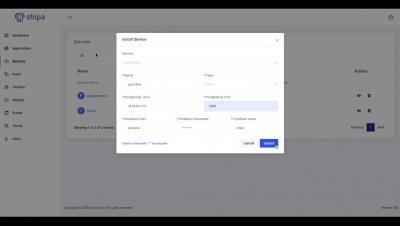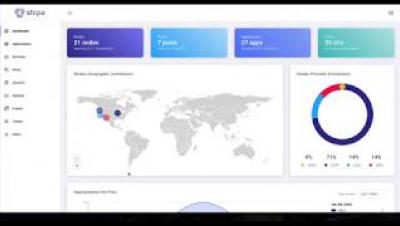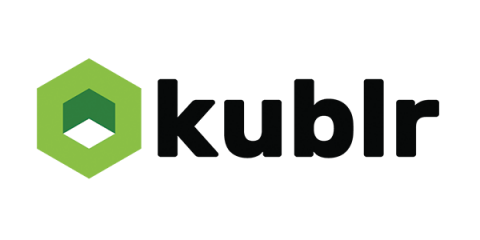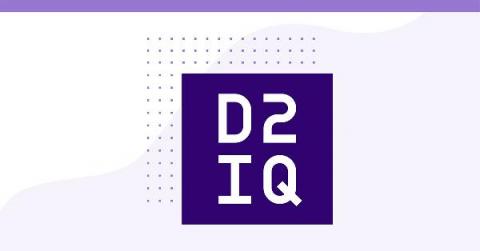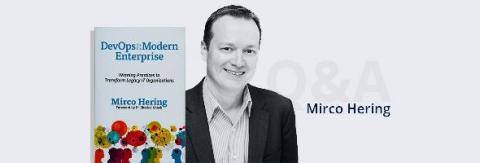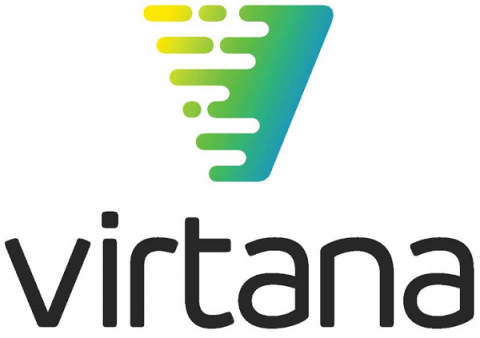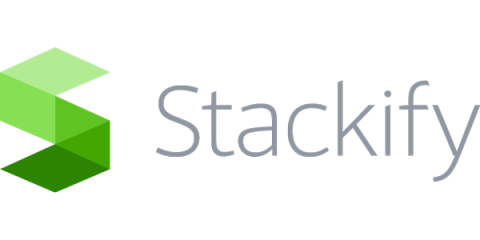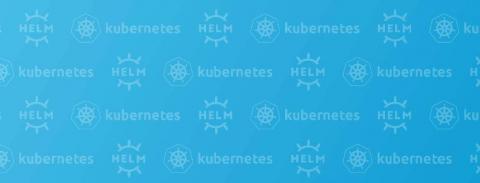Operations | Monitoring | ITSM | DevOps | Cloud
DevOps
The latest News and Information on DevOps, CI/CD, Automation and related technologies.
Deploy persistent applications on Kubernetes with Shipa and Longhorn
Deploy persistent applications on Kubernetes with Shipa and Portworx
Kublr 1.18 Supports in-Place Platform Upgrades and External Clusters
We are excited to announce in-place Kublr Platform upgrades and a technical preview for external cluster support. That’s yet another step in making enterprise-grade Kubernetes adoption a breeze. While Kublr supports automated rolling cluster updates and upgrades with zero downtime, since our last release (1.17) updating the platform itself was still a semi-manual project supported by the Kublr team. Now, all it takes is the click of a button.
Community in The Virtual World
Despite the difficulties we’ve all experienced during this pandemic, it has been fascinating to watch how human beings have come together as communities all over the world to support each other, and our Cloud Native community is no different.
Mirco Hering on Getting Past DevOps Inertia
Mirco Hering is principal director of APAC DevOps and Agile with Accenture. He supports major public and private sector companies in Australia and overseas in their search for efficient IT delivery. Mirco blogs about IT delivery at NotAFactoryAnymore.com and is author of “DevOps For The Modern Enterprise: Winning Practices to Transform Legacy IT Organizations.”
Capturing and Containing Hidden Cloud Costs-How Overprovisioning Can Hurt Your Budget
The traditional method of planning server, network, and storage capacity is to look at the usage peaks and then add a safety margin. Most cloud hosting is planned this way. The idea that you only pay for what you use is not based on actual usage, rather on the capacities you initially specify. Most cloud migrations involve a ‘lift and shift’ approach of moving an application to a different host with minimal maintenance.
7 Essential Best Practices to Follow When Adopting a DevOps Model
Terms such as DevOps, Agile and LEAN are now used in a single bundle. If a project is created according to the LEAN methodology, all processes become more efficient with DevOps and Agile, making it possible to remain flexible and respond quickly to changes. In this article, we will share seven best practices you need to follow when adopting a DevOps model.
Using Helm for Kubernetes management and configuration
Helm is a popular open-source tool used to manage and configure your Kubernetes cluster. Basically, it is a package manager (think Homebrew or NPM) built for Kubernetes. It helps automate processes like installing, configuring, upgrading, and removing items. This post will give you a brief introduction to Helm and how it might help you manage your Kubernetes cluster.


